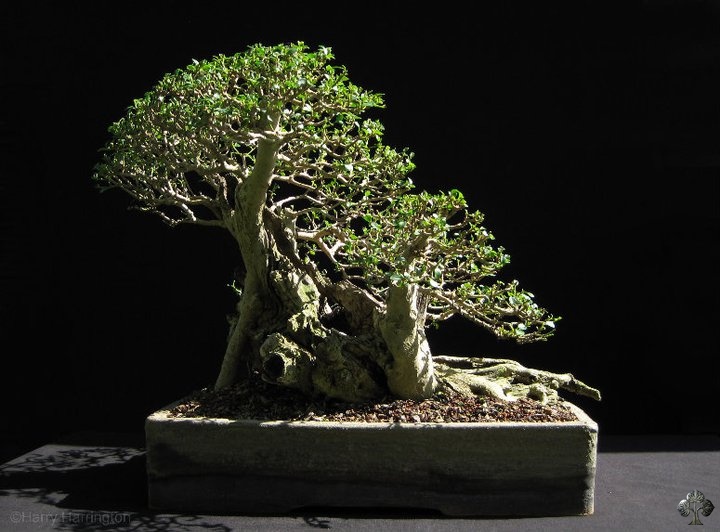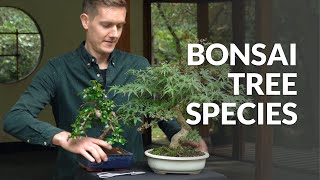Ligustrum Bonsai Care guidelines
The privet prefers a bright position, with direct sunlight at least part of the day. While most privet species have to be kept outdoor and might only need some protection against hard frost, the Chinese privet (Ligustrum sinensis), for example, is also sold as an indoor tree and should be placed inside the house during the winter.
On hot days the privet needs a lot of water and must be watered thoroughly as soon as the soil gets dry. In Winter water less but take care not to let the rootball dry out completely. If very calcareous water is used, the privet can show deficiency symptoms like chlorosis. Continue reading about watering Bonsai trees.
Watering
Free lecture from the Beginners CourseApply solid organic fertilizer every four weeks or use a liquid fertilizer every week during the growing season. Always apply the liquid fertilizer on moist soil.
The privet takes trimming and pruning very well and can also be defoliated. If you want your tree to flower, don't trim the shoots until summer. When you wire the privet, take care not to damage the soft bark of the twigs and branches. Continue reading about pruning Bonsai trees.
Repot the privet every two or three years. It takes root-pruning quite well. The privet is not very demanding to the soil, so you can use a standard soil mix. Continue reading about repotting Bonsai trees.
The privet is easily propagated from cuttings and can also be air-layered. It is possible to grow privets from seed but those take a long time to germinate.
Aphids, scale, whiteflies and weevils can attack the privet, but can be controlled with a specific insecticide. If wilt or mildew occurs, a special fungicide is needed. For more detailed information on these techniques, check out our Bonsai tree care section.

Privet Bonsai (Ligustrum)
General information about the Privet Bonsai tree
The most common species of privet include the Chinese privet (Ligustrum sinensis), Japanese privet (Ligustrum japonicum), oval leaved privet (Ligustrum ovalifolium), shiny leaved privet (Ligustrum lucidum) and the common privet (Ligustrum vulgare). Privets are small trees or shrubs which can grow in almost any kind of soil and take trimming very well. Therefore Ligustrum is often used for hedges, which can be a source of good thick trunked Bonsai material. The leaves of most privet species are ovate and opposite and the small white scented flowers, which appear at the tips of new shoots in summer, are followed by small black fruit which are moderately poisonous. The privet is a strong plant, takes all bonsai styling techniques very well and is also a good choice for beginners. If you need help identifying your tree, take a look at our Bonsai tree identification guide.





